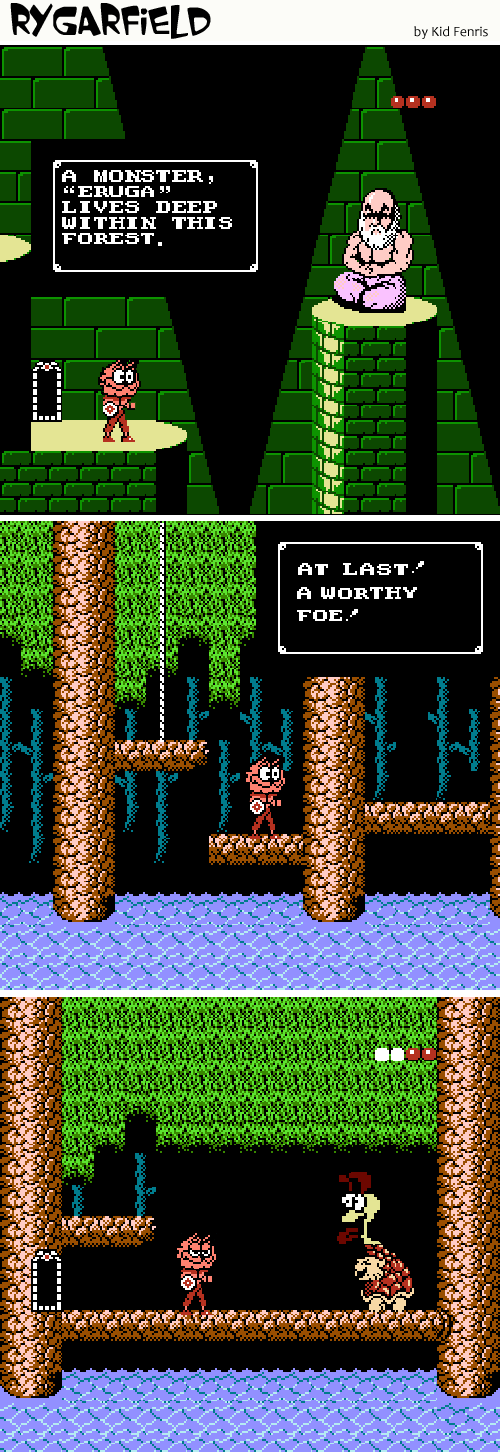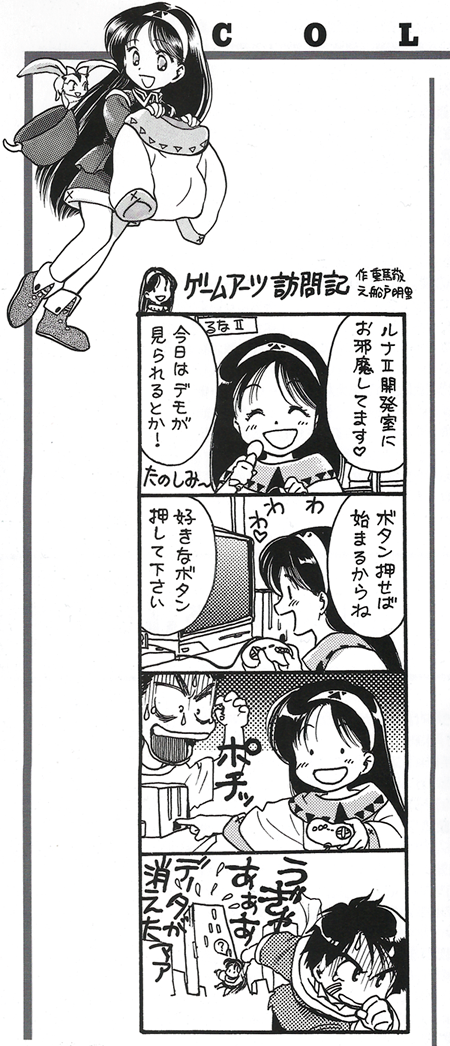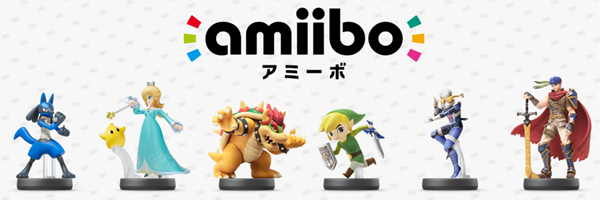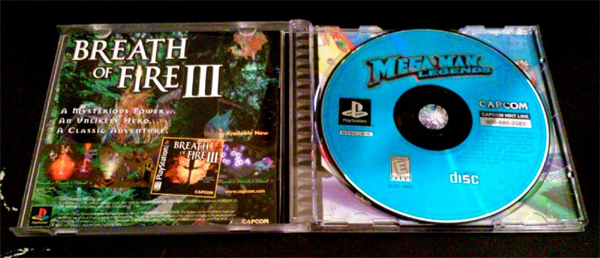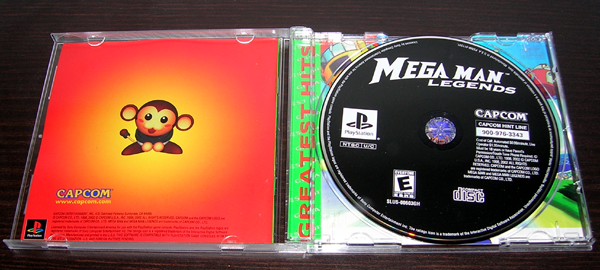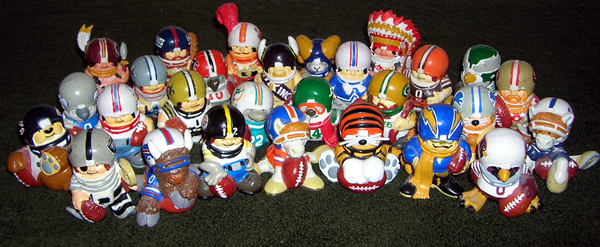I say all of this in envy, because I never had much of a childhood arcade. I spent five years of that childhood in Germany, as my father was in the Air Force. Instead of living on an American military base, we lived in a German village, and if that warren of half-timbered homes and dangerously sharp turns had an arcade, I never found it.
The closest I had was the small arcade at Landstuhl Regional Medical Center. It was a mere nook in the base cafeteria, but it was my best vision of quarter-devouring culture in the late 1980s and early 1990s. The selection was the video-game equivalent of the Armed Forces Network, where you’d see current TV shows like ALF and In Living Color aired in tandem with black-and-white movies. Older Kung-Fu and Tiger-Heli cabinets would sit alongside Cabal and Golden Axe, and I couldn’t be sure if a game would stick around for the next time my family dropped by the BX.
In this arcade the size of a small moving van, I remember three games most vividly.
WARDNER
Arcades intimidated me, and I doubt I was alone. A game on the computer or NES could be practiced in your own home, but arcade titles were merciless and impatient. You put in a quarter and tried to grasp the gameplay through a joystick and buttons, and heaven help the slow learners.
My mother always admonished me against playing arcade games. I once thought she merely disdained them as unproductive wastes, but I now think she had a more insightful motive. She didn’t want me spending money on arcade games because I was terrible at them.
That’s why Wardner got my attention. Arcade games tended to kill you off in barrages of enemy bullets or throngs of street punks, but Wardner was less threatening at first. It was a side-scrolling game where a pudgy hobbit bounced across forest floors and threw fireballs. It was a lot like Super Mario Bros., and I already knew how to play that! This Wardner thing should be easy!

Well, it wasn’t. Wardner is an action-platform game from Toaplan, a company better known for crafting impressive shooters like Batsugun and Outzone. Those shooters are tough, and so is Wardner. It sees its rotund hero waddling through a fantasy realm in search of his girlfriend, who’s encased in crystal and offered to the local tyrant, Mr. Wardner. Our protagonist can boost his fire magic and don a protective cloak, but at the game’s start he tosses only one limp flame at a time, and a single hit does him in. I’d later learn that his name is Dover, but after losing a few quarters to the game, I was more inclined to call him Fatsy Bumbledick.
As frustrating as Wardner was, it fascinated me with the loose, unexplained logic arcade games often put forth. The second level is a dilapidated factory where Fatsy faces whirling blades, conveyor belts, spiked drones, and other challenges required by any game where someone can jump. Yet I was intrigued to see all of this pop up after a stage full of forests and castles and dragons. Was Mr. Wardner trying to industrialize this peaceful land, like something out of that unnecessary chapter at the end of The Lord of the Rings? Or did Wardner actually occur in the future, when gnomes and fairies live among the ruins of humankind and an entire factory still treads on in ignorance, slowly devolving into one massive death trap?

I also liked what awaits at the end of the factory. You’ll see a woman pacing in a locked room, but once the level-boss dragon is defeated and the door is opened, she turns into a generic ghoul. If that occurred only on the second level, I just knew that the game held stranger twists later on. Perhaps the real villain would be Fatsy’s crystalized sweetheart or some mutated, long-lived survivor of whatever catastrophe had ended human civilization!
Wardner wasn’t worth my speculation. As I found out years later, it grows wearisomely hard by the last stage, and there are no shockers apart from Mr. Wardner transforming from an aged sorcerer to a hirsute demon. That's really a standard disappearing-handkerchief trick among the dark sorcerers of video games. Wardner is just an average action title with a few neat ideas and solid Toaplan execution. It’s Ghosts ‘N Goblins after a big meal, but for a little while it opened up a post-apocalyptic fantasyland for me. In several ways.





